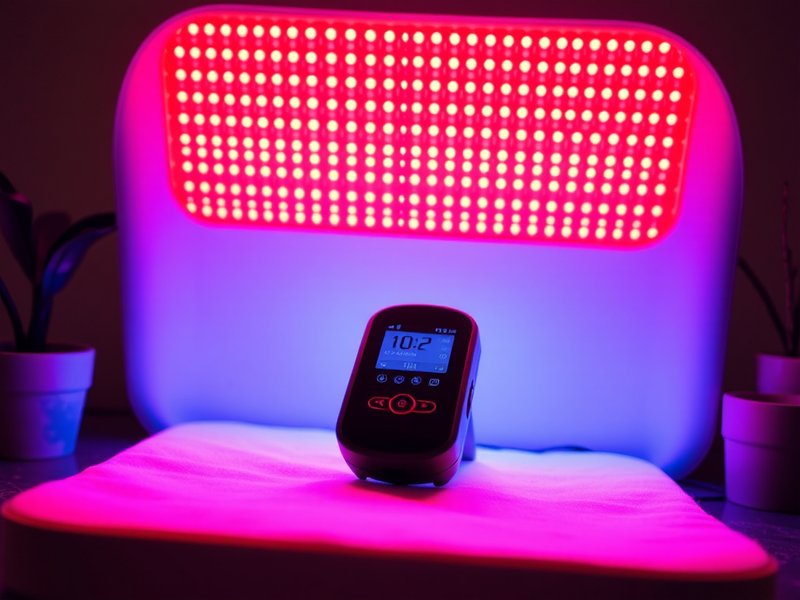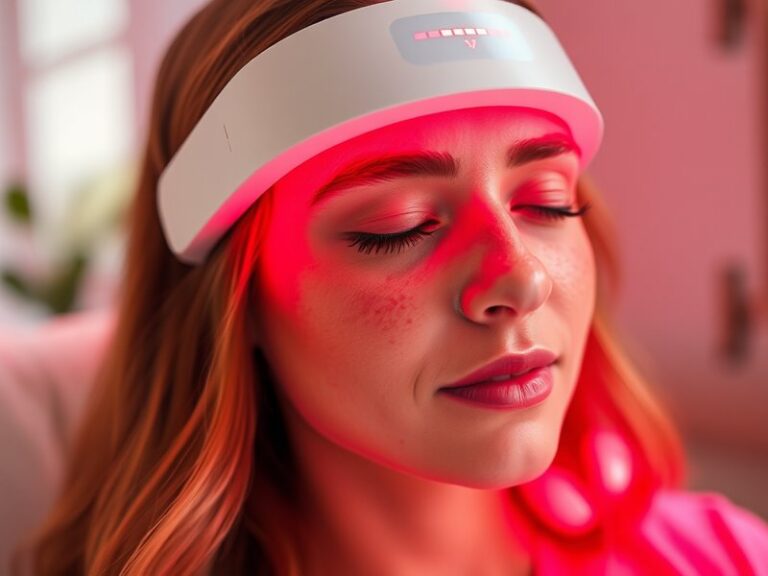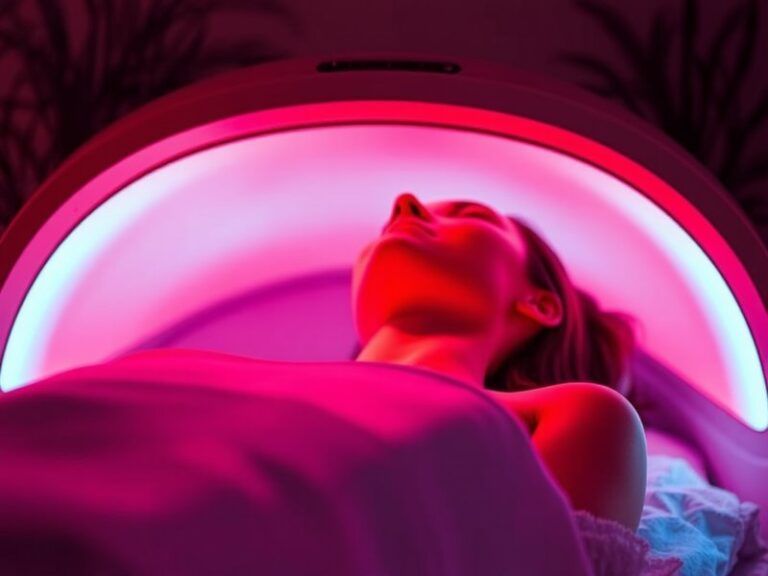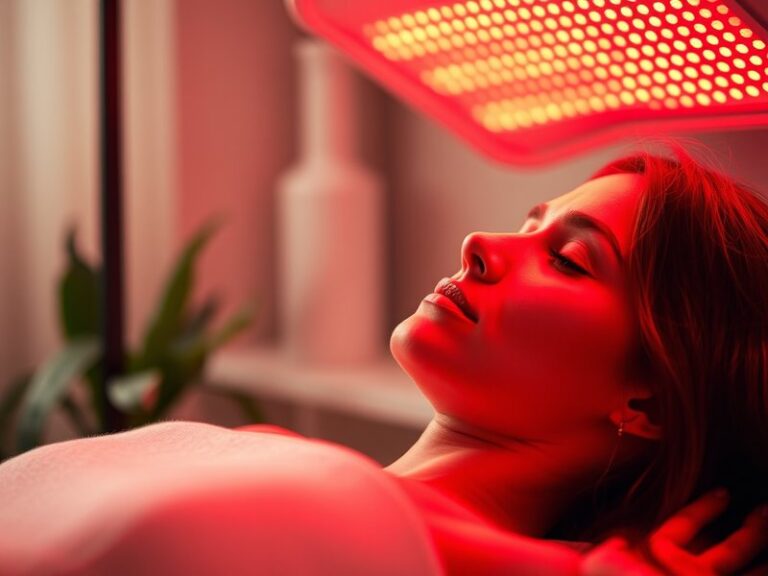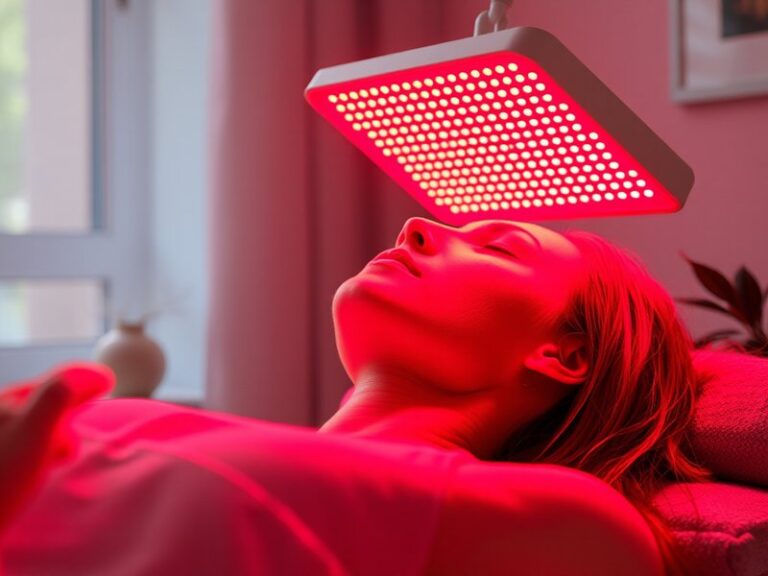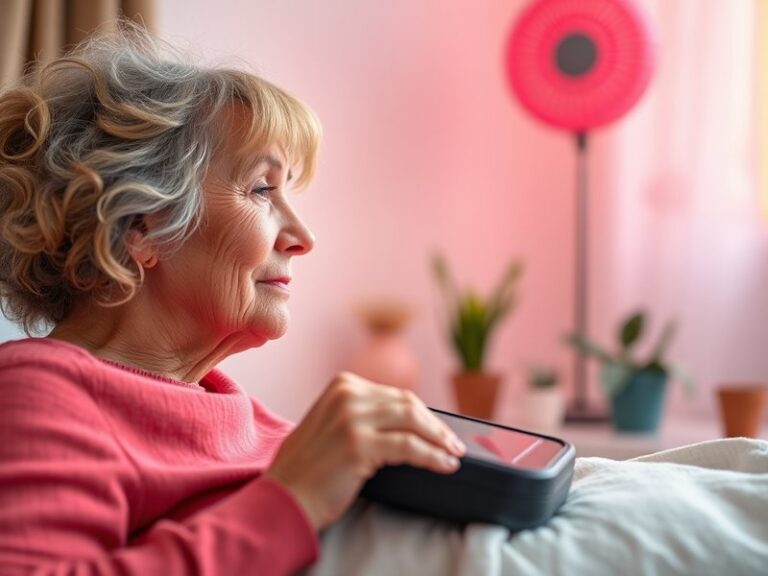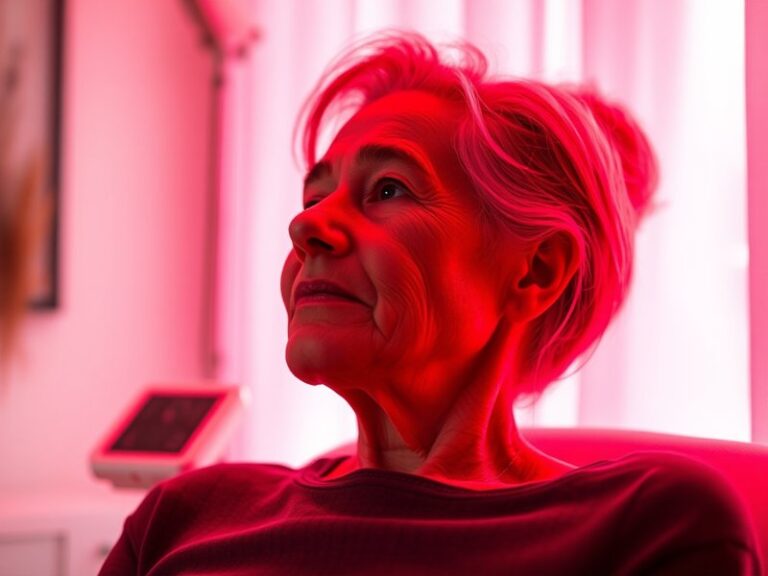How Much Time For Red Light Therapy?
How Much Time For Red Light Therapy?
Have you ever wondered how long you should spend under a red light to reap its benefits?
In this article, we will explore the optimal duration for red light therapy sessions, delve into its benefits, and discuss considerations and alternatives to help you make informed decisions. By the end, you will have a clear understanding of how to effectively integrate red light therapy into your wellness routine.
Key Takeaways
- The duration for red light therapy sessions typically ranges from 10 to 20 minutes.
- Frequency of sessions can vary from a few times a week to daily, depending on individual goals.
- Consistency is key to experiencing the full benefits of red light therapy.
What is Red Light Therapy?
Red light therapy (RLT) is a non-invasive treatment that uses specific wavelengths of light—primarily red and near-infrared light—to promote healing and alleviate various health conditions. It is based on the principle that light can energize cells, boost their function, and accelerate healing processes in the body.
Initially developed for plant growth, red light therapy has evolved and is now used across multiple domains such as medicine, skincare, and fitness recovery. The application of red light causes photobiomodulation, where light energy is absorbed by cells, leading to improved cellular function.
How Does It Work?
Red light therapy works by stimulating the mitochondria, the powerhouse of the cell, which in turn increases ATP production—our body’s primary energy currency. This process can lead to enhanced muscle recovery, reduced inflammation, and improved skin health.
What are the Benefits of Red Light Therapy?
Red light therapy offers a variety of benefits, ranging from physical healing to cosmetic improvements.
Improved Skin Health
RLT can enhance skin rejuvenation, reducing wrinkles, fine lines, and age spots. Studies show that regular exposure can lead to increased collagen production, promoting a youthful appearance.
Pain Relief and Muscle Recovery
Athletes and those suffering from chronic pain have found relief through red light therapy. It can alleviate pain by reducing inflammation and accelerating tissue repair, making it a valuable tool for recovery after intense workouts.
Enhanced Mood and Sleep Quality
Research suggests that red light therapy can positively impact mood and sleep. It helps regulate circadian rhythms, potentially leading to deeper and more restorative sleep.
Additional Benefits
- Increases hair growth for those with androgenetic alopecia.
- Supports joint health and mobility by reducing stiffness and pain.
Is it Possible to Overdo Red Light Therapy?
While red light therapy is generally considered safe, it is possible to overdo it, especially if sessions are too frequent or prolonged. Understanding the balance is crucial for maximizing benefits without negative side effects.
What are the Advantages of Monitoring Session Time?
- Prevents Skin Irritation: Overexposure can lead to temporary redness or irritation on the skin.
- Maximizes Effectiveness: Shorter, more frequent sessions can yield better results than prolonged exposure.
- Cost-Effectiveness: Efficient use of therapy sessions ensures optimal use of time and resources.
What are the Disadvantages of Overdoing Red Light Therapy?
- Diminished Returns: Excessive exposure may lead to fatigue and reduced effectiveness over time.
- Skin Risks: Overdoing it can cause skin sensitivity, akin to sunburn.
- Wasted Resources: Longer sessions can lead to increased costs associated with energy usage.
What are the Things to Consider Before Starting Red Light Therapy?
Before diving into red light therapy, there are several key factors to evaluate.
Read our take on Red Light Therapy Frequency?
Consideration of Skin Type
Understanding your skin type is essential, as some may be more sensitive to light exposure than others. Test a small area before committing to full sessions.
Discover the full story Does Red Light Therapy Emit Radiation?
Health Conditions
Consulting with a healthcare professional is recommended for individuals with pre-existing conditions or those who are pregnant. Certain conditions may influence how one reacts to red light.
Device Quality and Type
Different devices emit varying wavelengths and intensities. Ensuring you use a high-quality, FDA-cleared device is vital for safety and effectiveness.
Additional Considerations
- Be consistent with your sessions for best results.
- Emphasize combined therapies for enhanced benefits (e.g., topical treatments with red light therapy).
What are the Alternatives to Red Light Therapy?
If red light therapy is not the right fit for you, various alternatives are available.
Cryotherapy
Cryotherapy involves exposing the body to extremely cold temperatures to reduce inflammation and pain. It is effective for muscle recovery and can enhance athletic performance.
Infrared Saunas
Infrared saunas use light to diffuse heat, promoting detoxification and relaxation. They can improve circulation and aid in recovery, similar to red light therapy.
Topical Treatments
Creams and serums containing active ingredients like retinol and hyaluronic acid can offer skincare benefits without the need for light exposure.
Additional Alternatives
- Electrotherapy devices for muscle stimulation.
- Acupuncture for pain relief and wellness.
Conclusion: Is it Recommended to Use Red Light Therapy?
Overall, red light therapy can be a beneficial addition to your wellness routine if used correctly. With optimal session durations typically suggested between 10 to 20 minutes, maintaining frequency and monitoring your body’s response are essential. As with any therapy, personal preference and individual health needs should guide your choices.
Frequently Asked Questions
How often should I have red light therapy sessions?
Most recommendations suggest 2-5 times per week, depending on your goals and the type of device used.
Are there any side effects to red light therapy?
Possible side effects include temporary redness or skin irritation. However, these are generally mild and resolve quickly.
Can red light therapy help with acne?
Yes, red light therapy can aid in reducing inflammation and promoting healing, making it beneficial for acne treatment.
Is red light therapy safe for everyone?
While generally safe, those with specific medical conditions or skin sensitivities should consult a professional before use.
How long until I see results?
Many users report noticeable changes within a few weeks of consistent use, although results can vary based on individual conditions and commitment to the therapy.
